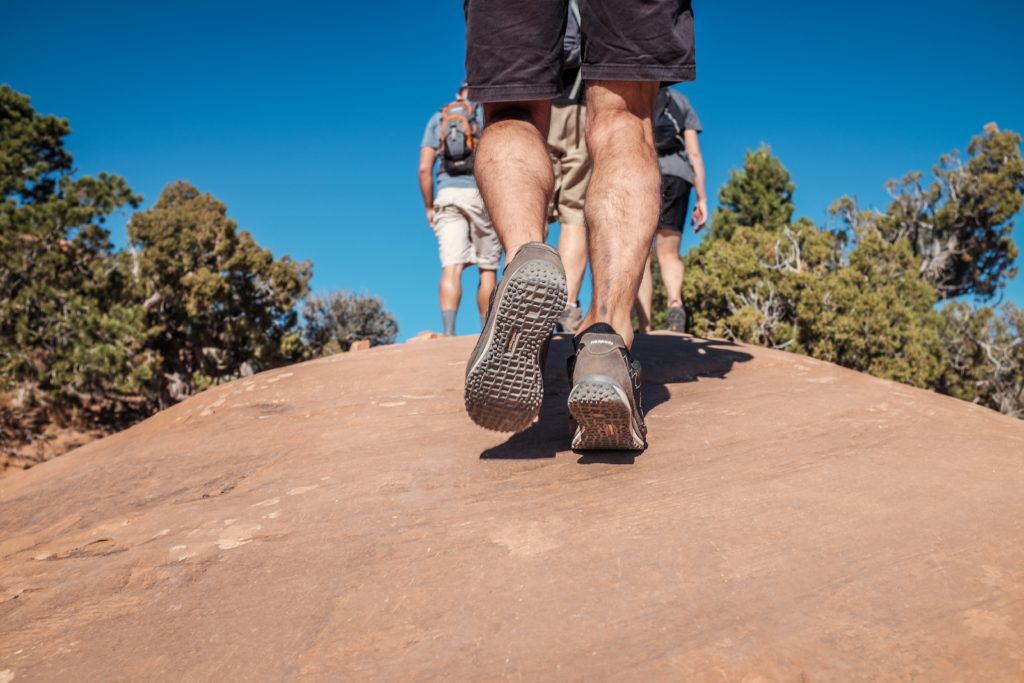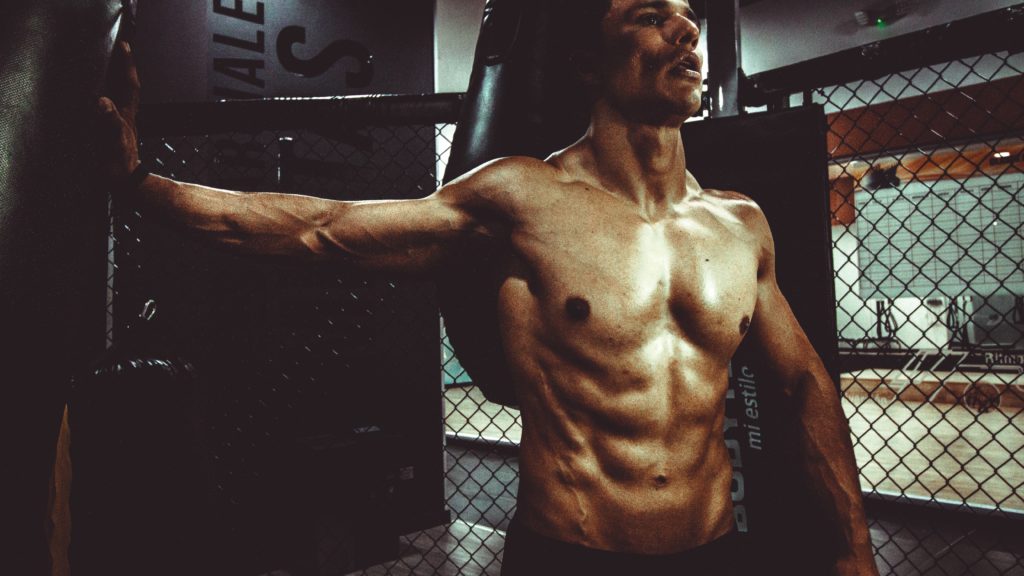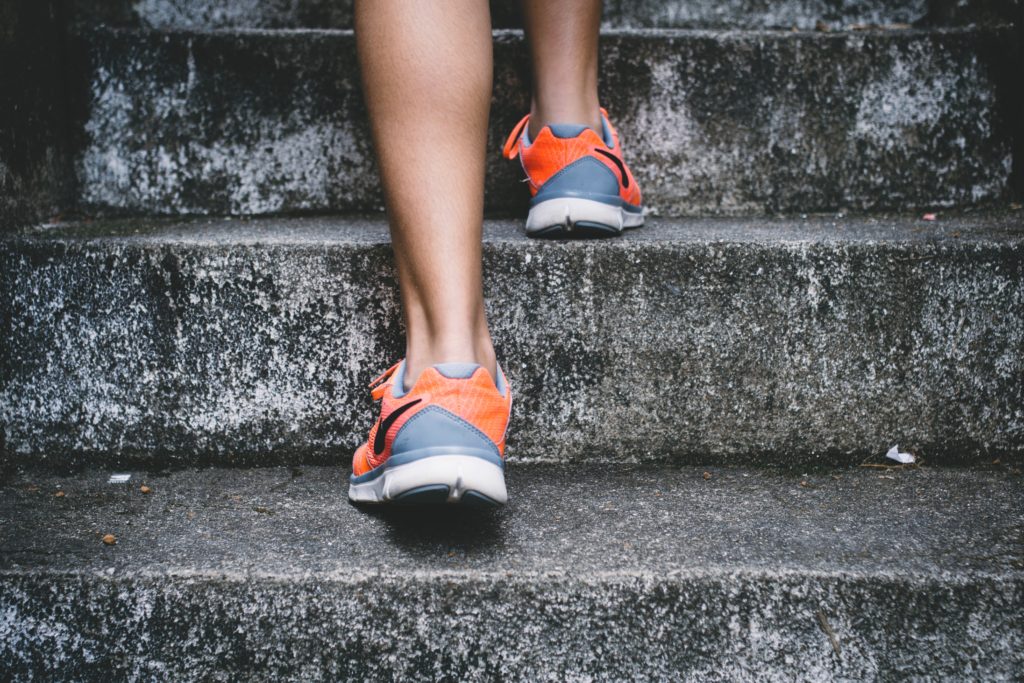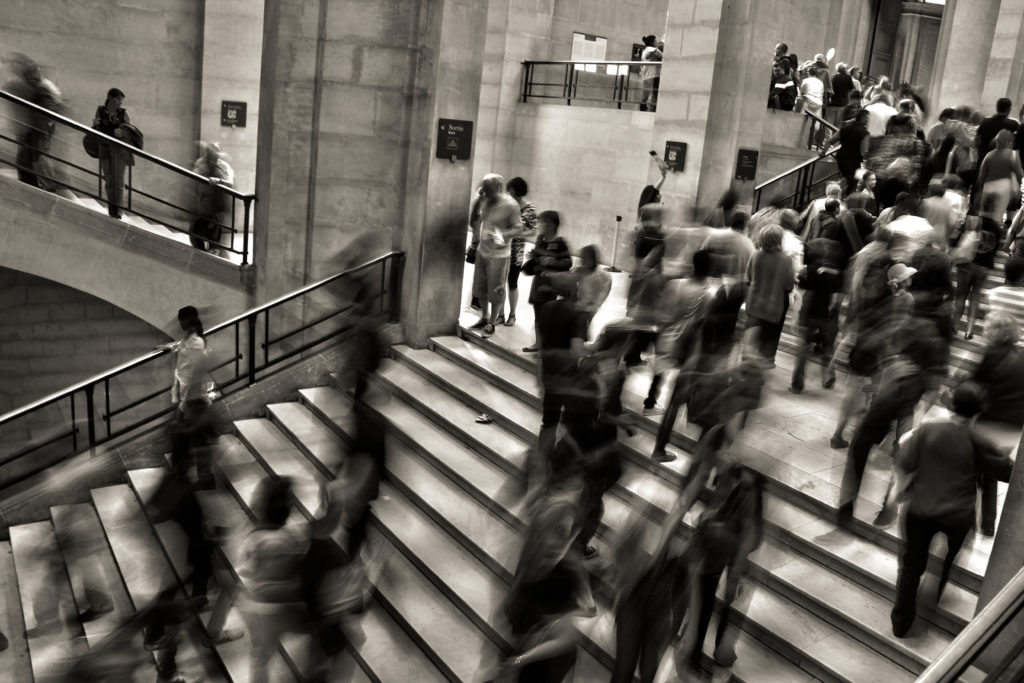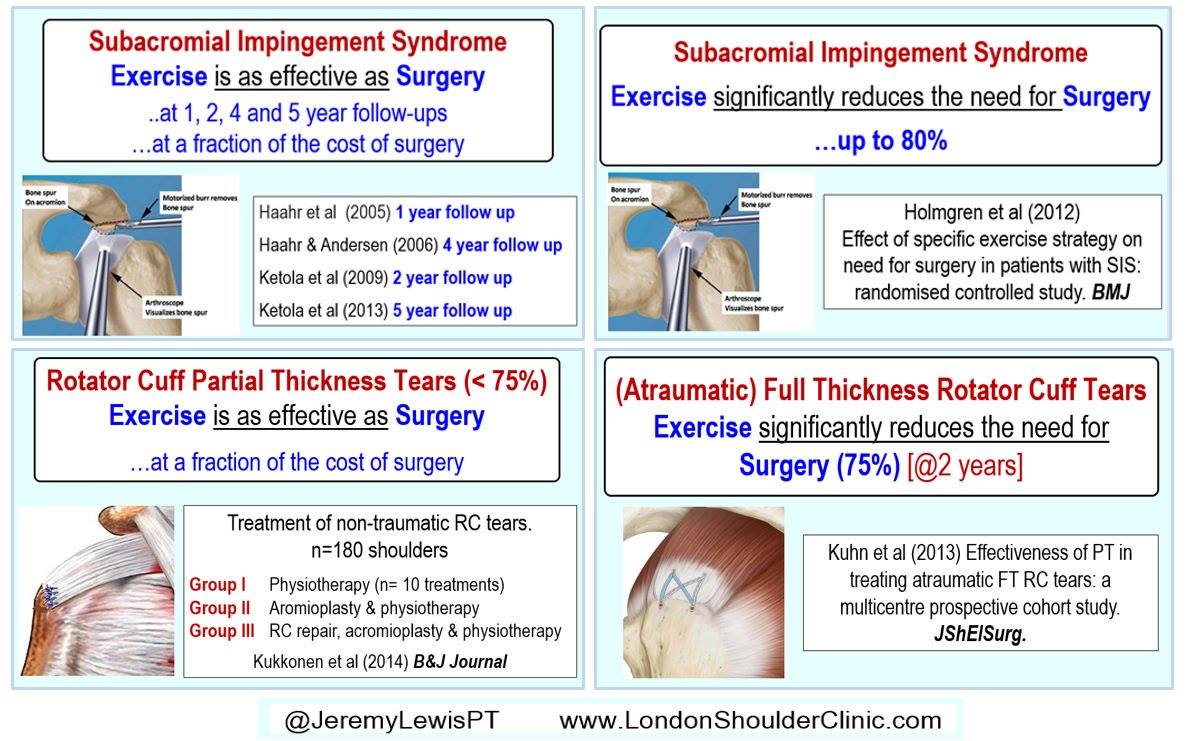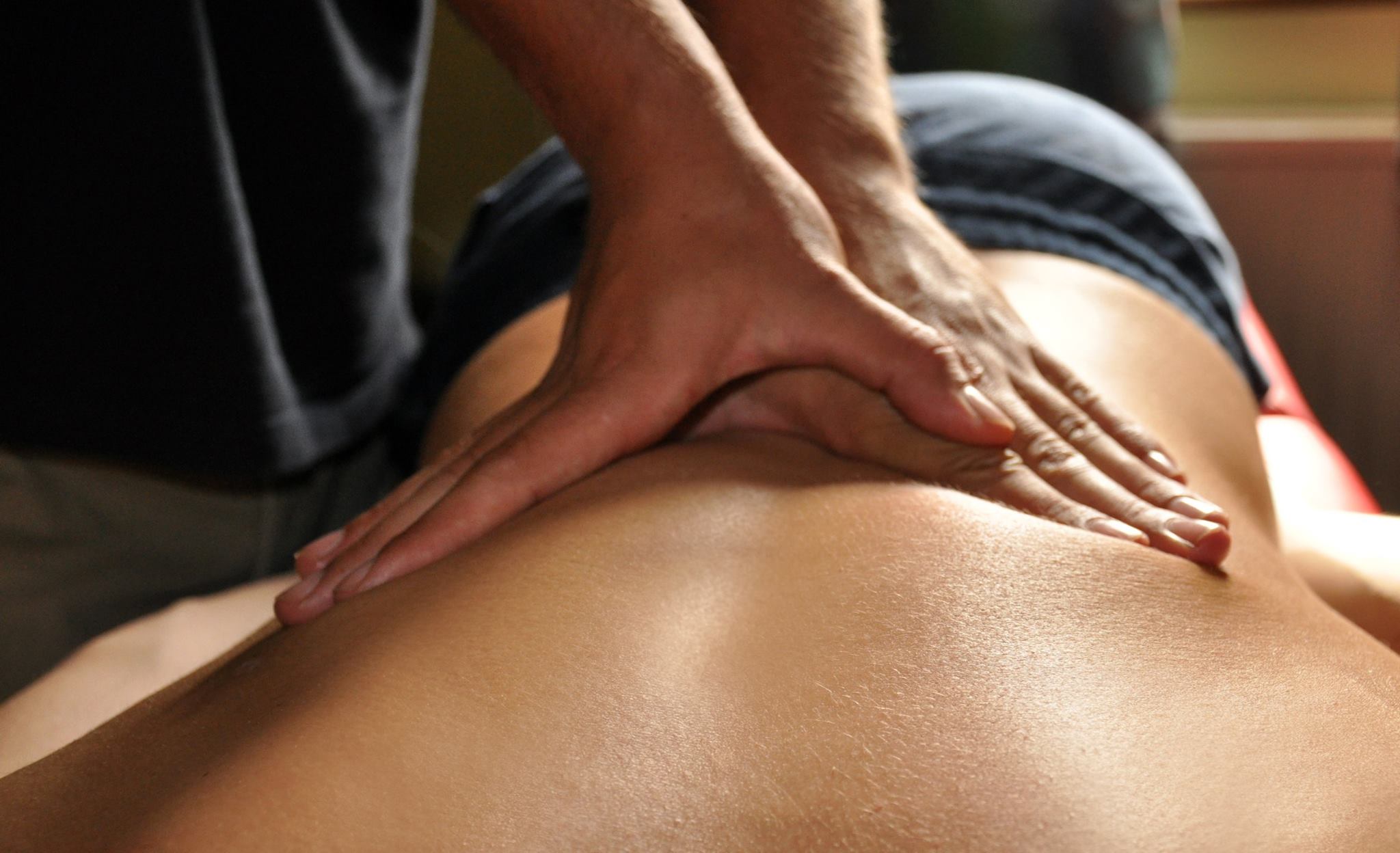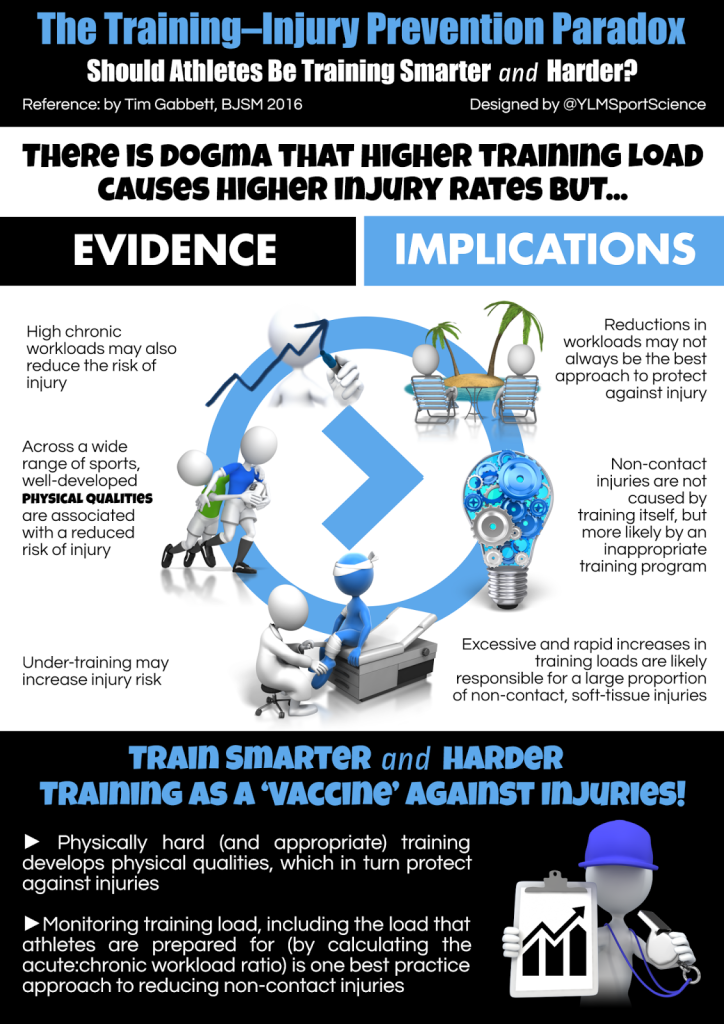If you have any of the above it could be a muscle called Glute Medius and it’s weakness that is causing the problem.
In a nutshell a weak glute medius can reduce your athletic performance and it can also predispose you to injuries at your hip, knee and ankle.
Before I get into how you go about strengthening I’ll give you a bit of back ground about the Glute Meidus…
The glute medius is in charge of abducting, internally rotating and extending the hip.
For everyday movements it keeps the pelvis from dropping during walking and running.
Without this we’d look like we would be walking with a limp. This means the glute medius plays a massive role in our everyday life.
-
But how does my glute medius get weak in the first place?
The muscle can get weak from somethings so simple as when standing having more weight on one leg than the other and also sleeping on your side with your top leg bent (a bit like the foetal position) both these positions start causing weakness as they elongate the muscle causing stretch weakness.
This weakness can lead to ‘Trendelenberg gait’, lower back pain, Iliotibial band syndrome and lateral ankle injuries
So now you know what a weak glute medius can do, how do you strengthen it!?
-
My go to exercise to begin with the ‘clam’
Side lying with both knees bent up. Line up heels with hips and pelvis. Keep pelvis neutral or slightly buttock region of the top leg, sometimes in the bottom buttock as well. Aimfor 2-¬‐3 sets of 10-¬‐20 forward (don’t let it roll backwards or open up).
•Breathe out, engage core and lift top knee up towards the ceiling slightly.
•Breathe in and lower slightly.
•Repeat to fatigue. Aim to feel it in the lat reps
The easy way to progress this to tie a theraband round so it is just above your knees and repeat the above. You’ll notice a complete change in difficulty
As always if you would like more advice or you would like to book a session, give me a call on 07759689612.
Remember to Subscribe below and get £5 off your next session!
